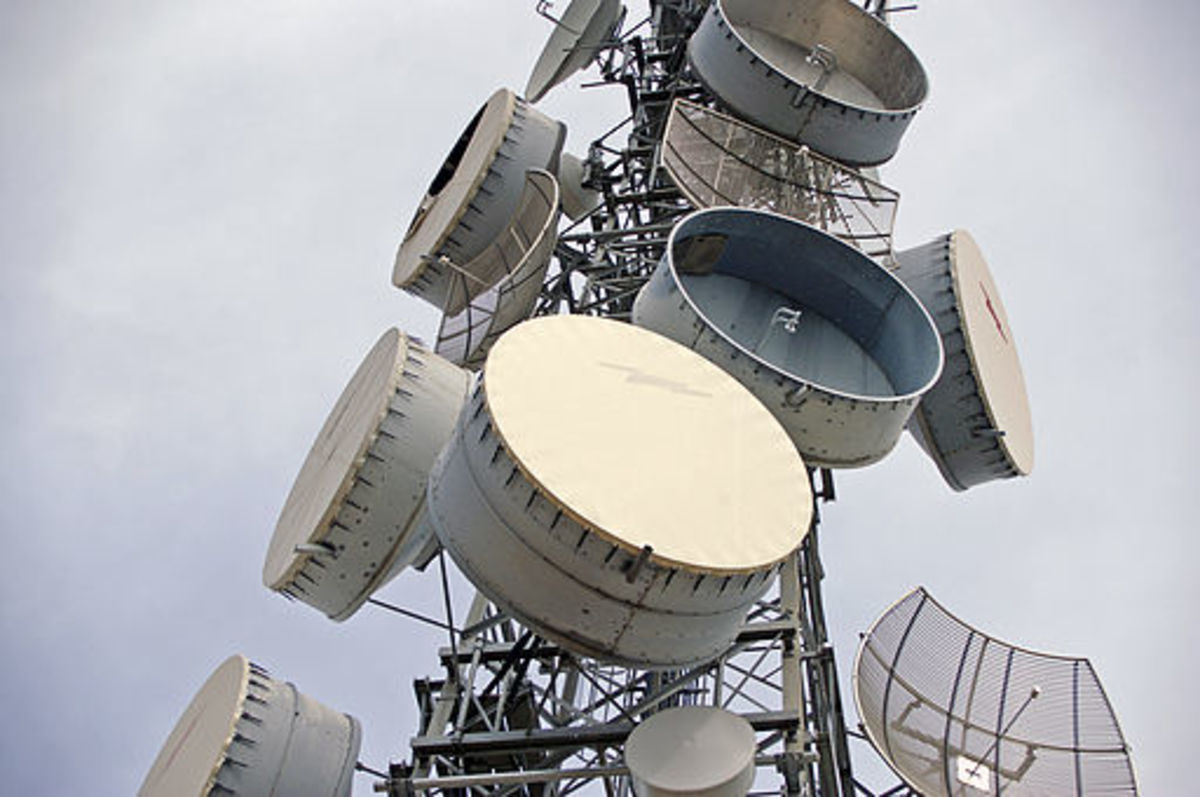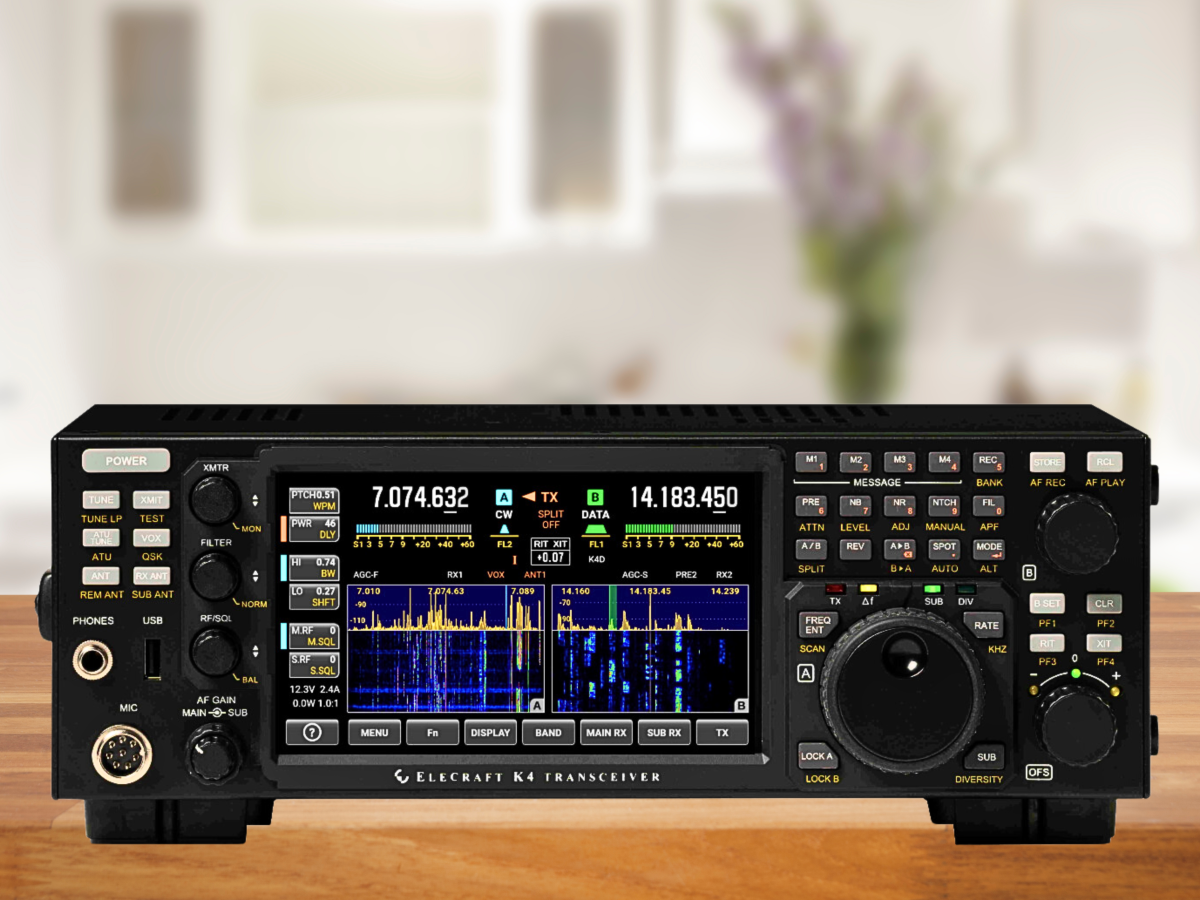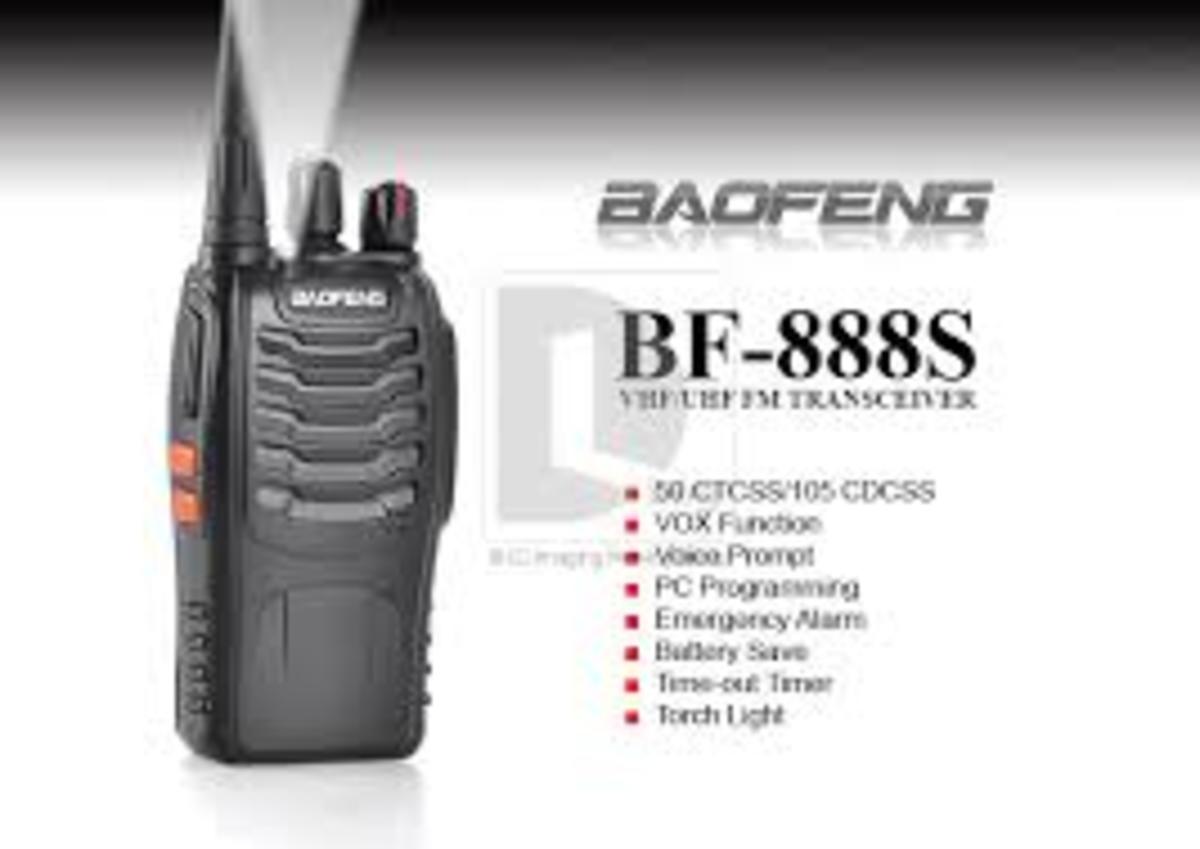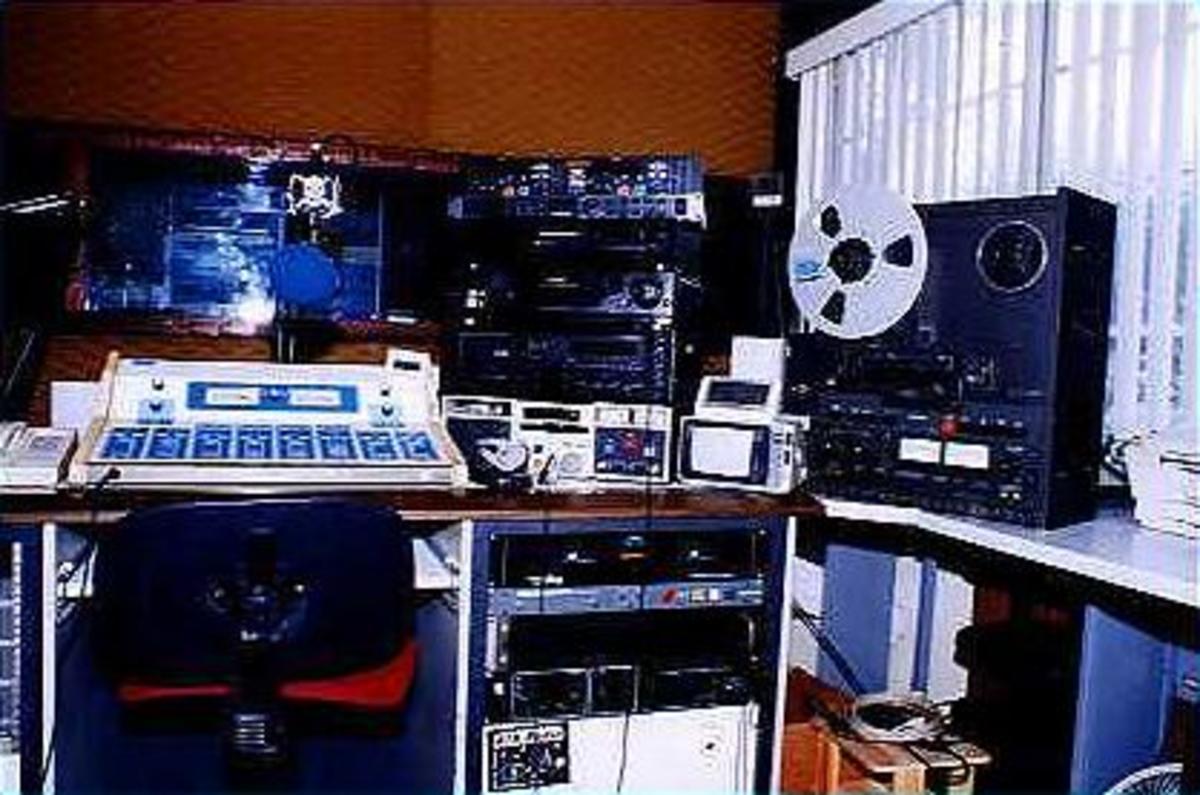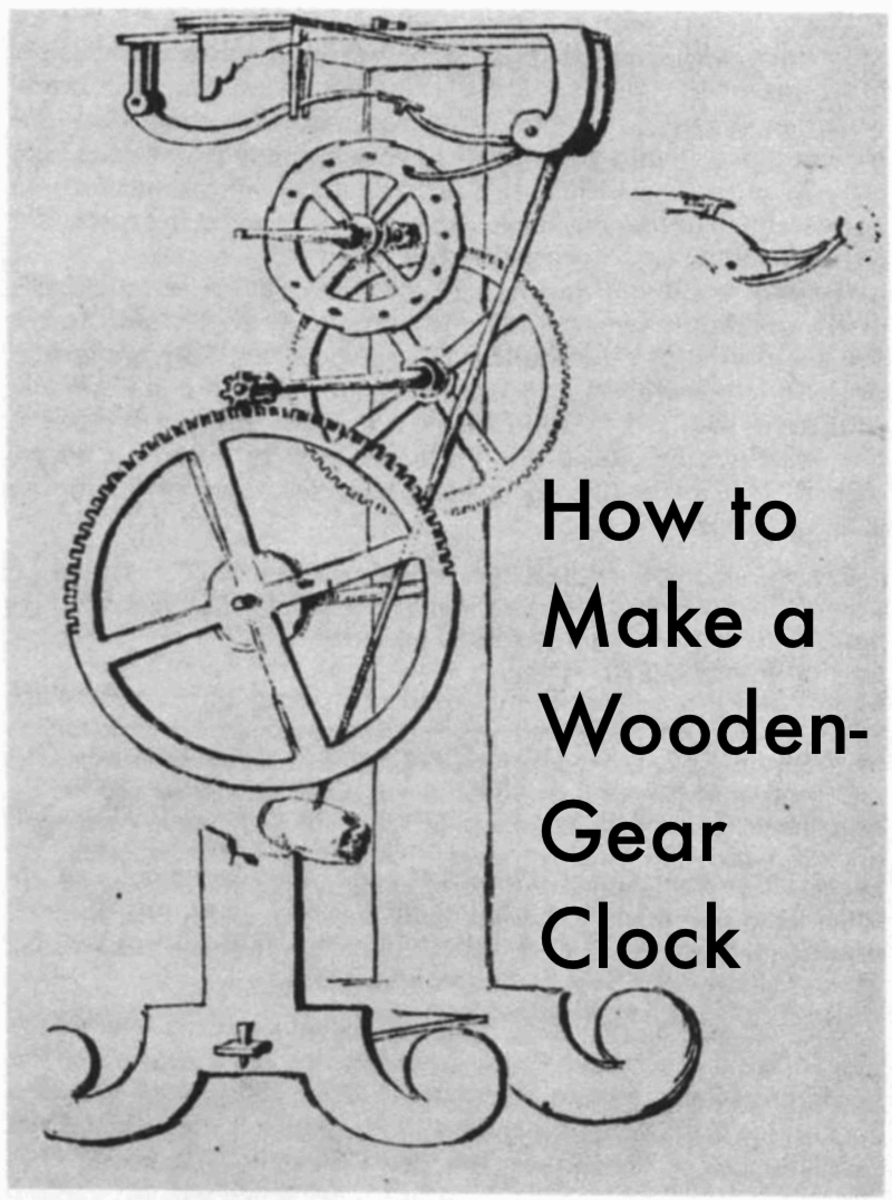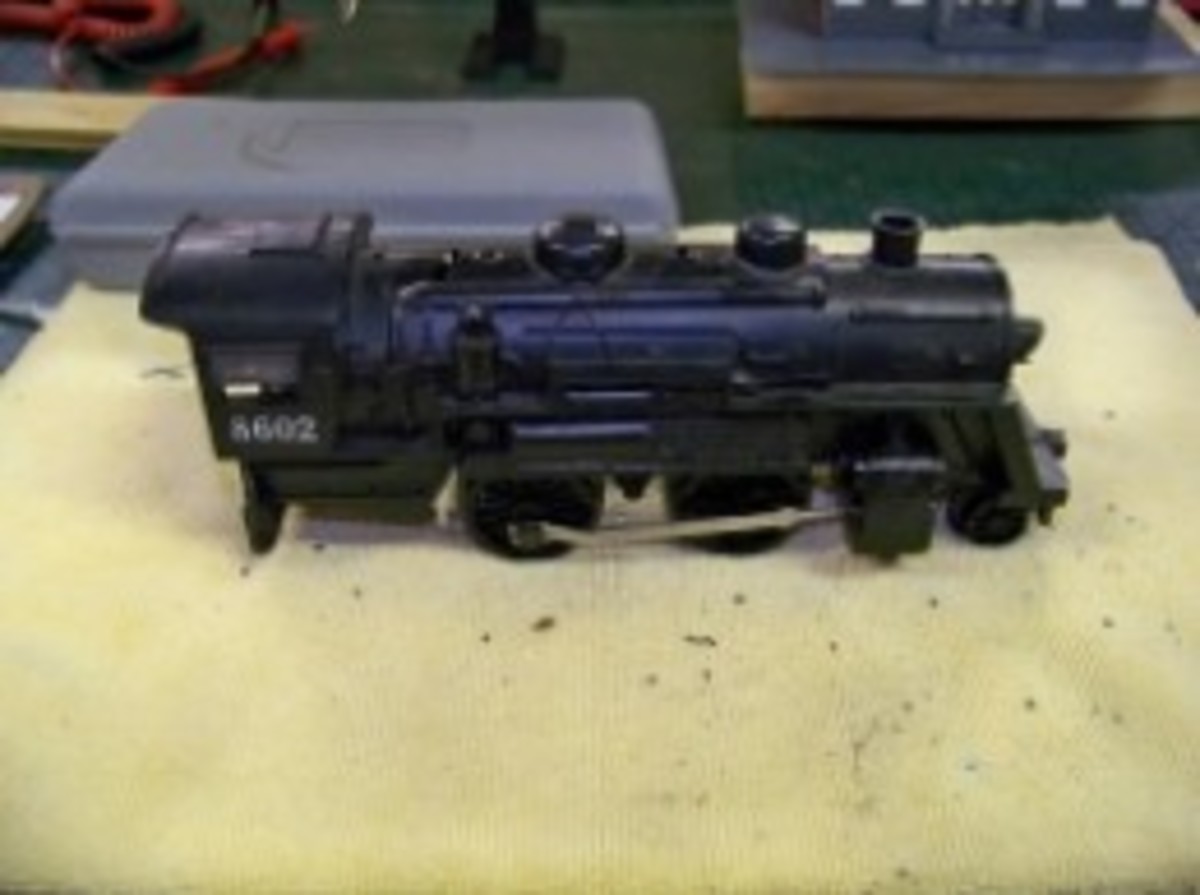Entry Level Ham Radio: Seeing the Possibilities
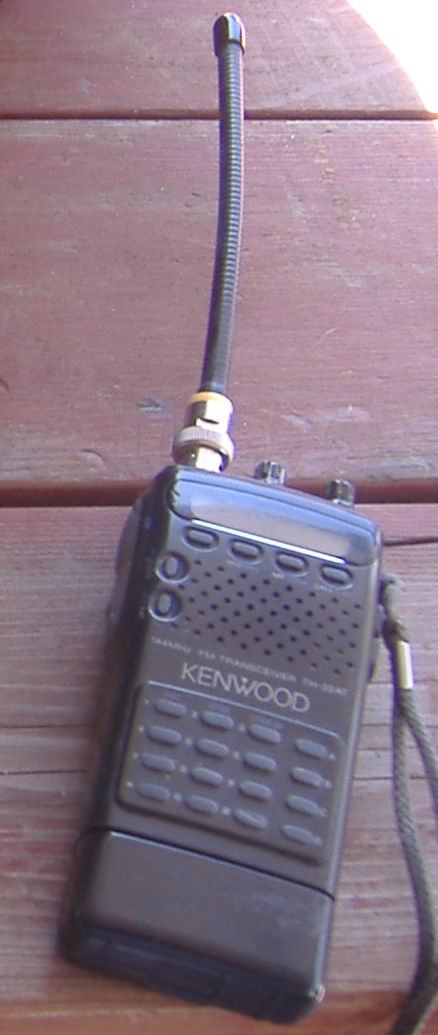
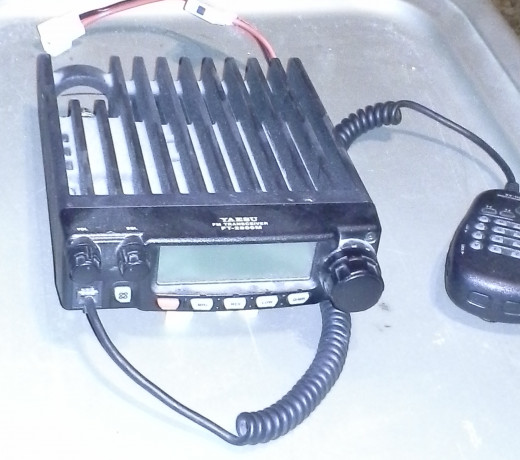
Ideas for beginners
Here are some fun activities that all amateur radio operators (regardless of class) can participate in.
Public service: providing communications for races, rides and other events where participants my not have any other means of communication.
Transmitter hunts: Also know as Bunny or Fox hunting, operators search for hidden transmitters.
Antenna design: Amateur radio has been promoting making their own equipment since long before the maker movement was ever thought of. Antennas are some of the easiest projects for beginners, and can be made for every amateur band. (See my hub on the first antenna I ever made http://neildabb.hubpages.com/hub/Ring-Antenna )
Newcomers to the world of Amateur radio who have been granted a Technician licence (the typical entry level licence) are often overwhelmed at the prospect of making contacts and talking around the world. For many operators even pushing that PTT (Push to talk) button is a major hurdle. Amateur radio operators have access to radio frequencies all across the electromagnetic spectrum. We refer to many of these segments as bands that coincide with the wavelength of the electromagnetic waves. The longer the wavelength, the lower the frequency. This can sometimes be confusing because some amateur operators will say ‘down on the HF (High Frequency) bands’ when these bands have the longest wave-lengths.
For some operators, the lack HF privileges can seem like a major obstacle to the 'real' world of amateur radio since HF is where the lion's share of DXing (distant communication) goes on, but this need not be the case! Technician operators have full privileges on frequencies above 50 Mhz (below 6 meters) and limited access to the 10 meter band, where HF begins. Propagation on 10 meters is often as good as any of the other HF bands, not to mention sporadic E and meteor scatter openings that are often used on 10 meters as well as on 6 meters and the other VHF (Very High Frequency) bands.
In one of the questions on the amateur radio exam, there are three purposes of the amateur radio service given: to recognize the value of emergency communications, to further the radio art, and improve communication and technical skills. Many new modes of communication are being explored even as this article is being written, and many of them use the VHF and UHF (Ultra High Frequency) bands. Digital modes are one example of new amateur radio technologies expanding the opportunities for DX. With the advent of affordable PC's, TNC's (Terminal Node Controllers), programmable radios, and a myriad of other computer related technologies that operators are developing, all amateurs can access the world with the help of computers using modes such as Packet radio and IRLP (Internet Radio Linking Project).
Another area wide open to all amateur operators is public service. Ham radio operators are often called on to provide communications for public events like parades and bike or running races. Most of this type of communication is done on 2 meters. Amateur TV is also largely done on the VHF and UHF bands. For those RC (Radio Control) buffs out there, Ham radio operators have an extra 10 channels (in the 6 meter band) that only licensed amateurs can use.
Even direct DX is not out of the question for the Technician using moon bounce, repeaters, satellites, tropospheric ducting, and on any of the upper bands using single sideband communications with the help of the ionosphere. Single sideband is the mode used mostly on HF because it takes less bandwidth to transmit voice signals and can be received under more difficult conditions than some other modes.
Many DXers believe morse code is the only way to go for DX(in that it takes the smallest band width to get a message across and can be heard even where there are high noise levels), and there are segments of virtually every band (even the VHF and UHF bands) that are reserved exclusively for code or digital transmissions. Many older amateur operators are more than willing to help the beginner learn and practice morse code on the VHF bands, opening more doors for the fledgling operator pursuing the world of DX.
There are many arguments for upgrading to general and extra class radio licences (advanced amateur radio licences), such as the lure of HF DX (on those bands reserved for general and extra operators) but contrary to what some operators may say, there are many other interesting and exciting worlds available to the beginning amateur radio operator.
qed.

